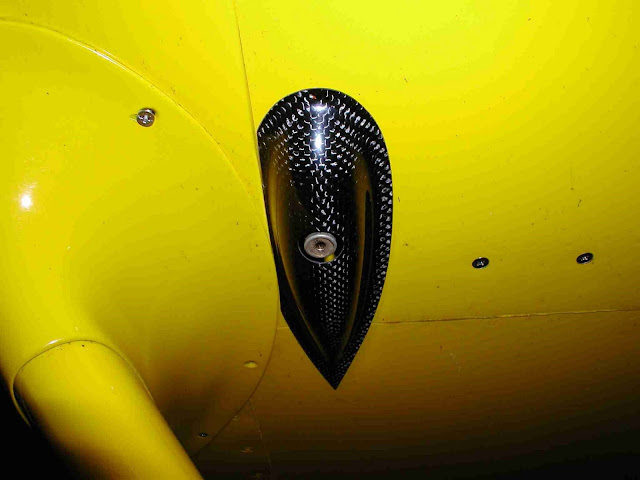vlittle
Well Known Member
So, if I have a cylinder of length L and diameter D sticking out into an airstream at, say 210 Knots, what is the most effective way to streamline it?
A streamlined bubble (half teardrop) is convenient, but it also has a lot of skin drag. What is the break-even point? At what size does the blister have the same drag as the cylinder?
A streamlined mast (airfoil cross section) of length L (think pitot mast) also has a drag coefficient. Same question as above.
We all hate the little things that stick out.... Fuel drains, vents and so on. Is it better to leave them alone or to fabricate streamlined fairings for them? I know what the gut feeling is, but is it supported by science?
A streamlined bubble (half teardrop) is convenient, but it also has a lot of skin drag. What is the break-even point? At what size does the blister have the same drag as the cylinder?
A streamlined mast (airfoil cross section) of length L (think pitot mast) also has a drag coefficient. Same question as above.
We all hate the little things that stick out.... Fuel drains, vents and so on. Is it better to leave them alone or to fabricate streamlined fairings for them? I know what the gut feeling is, but is it supported by science?






